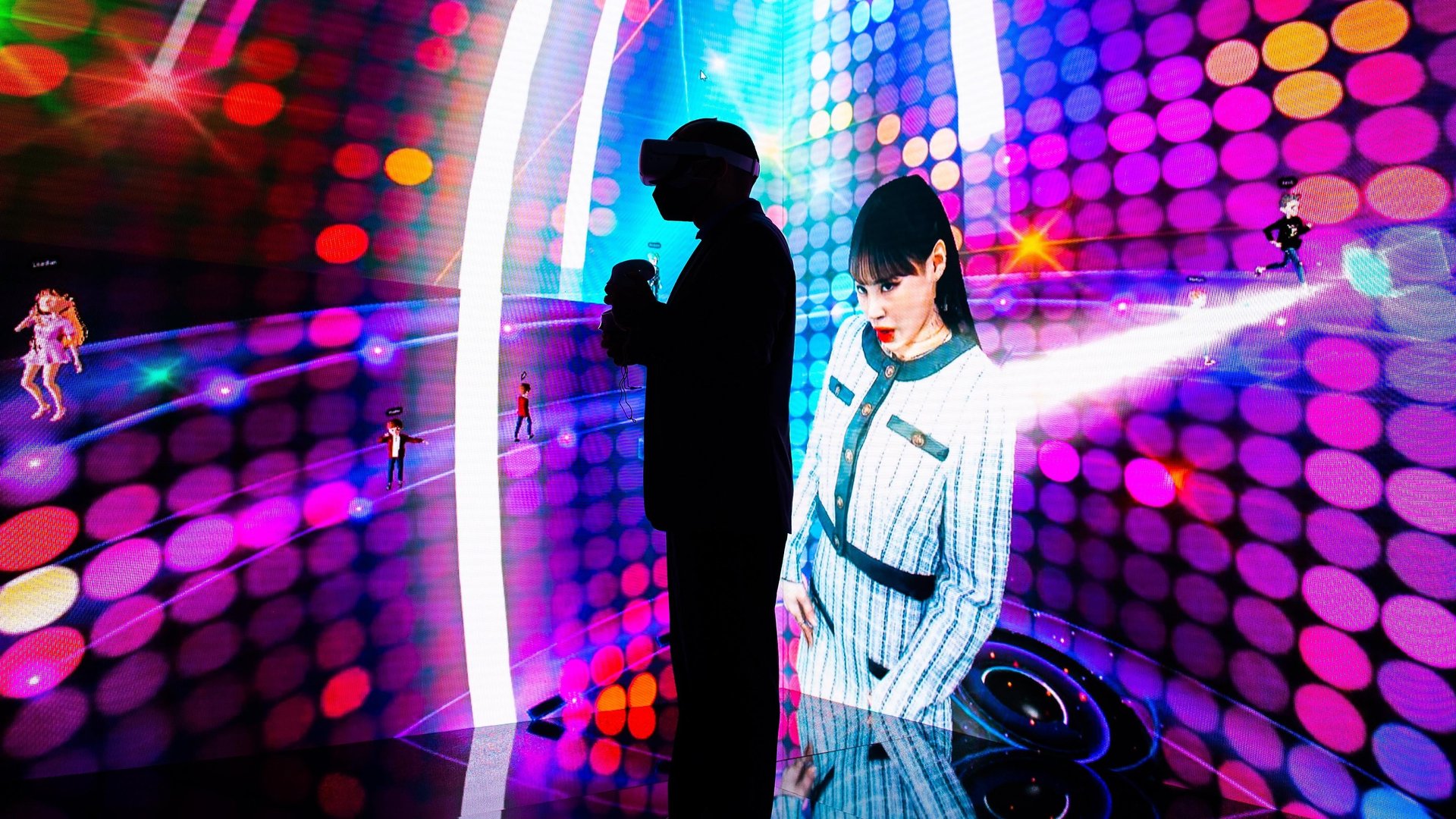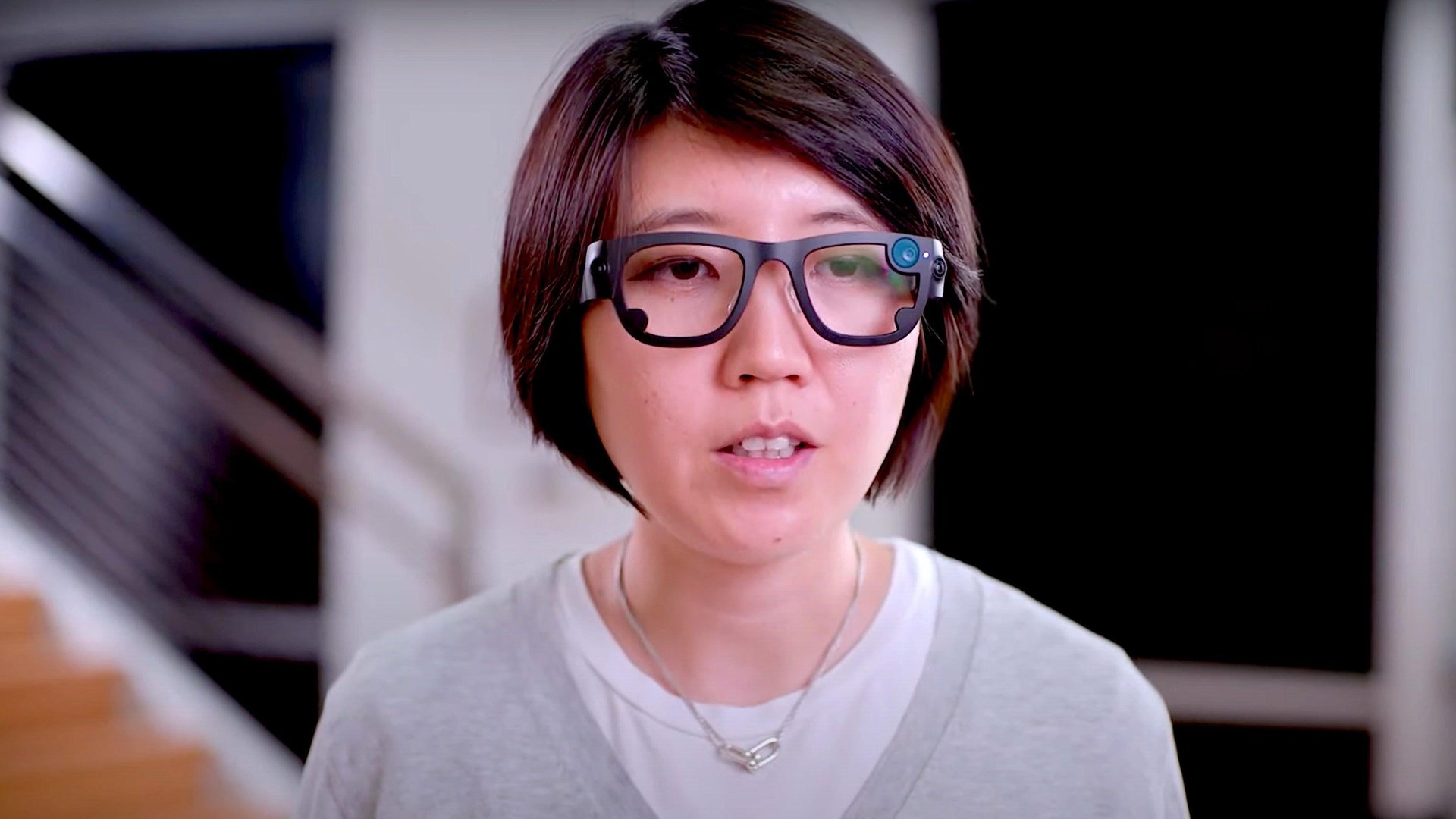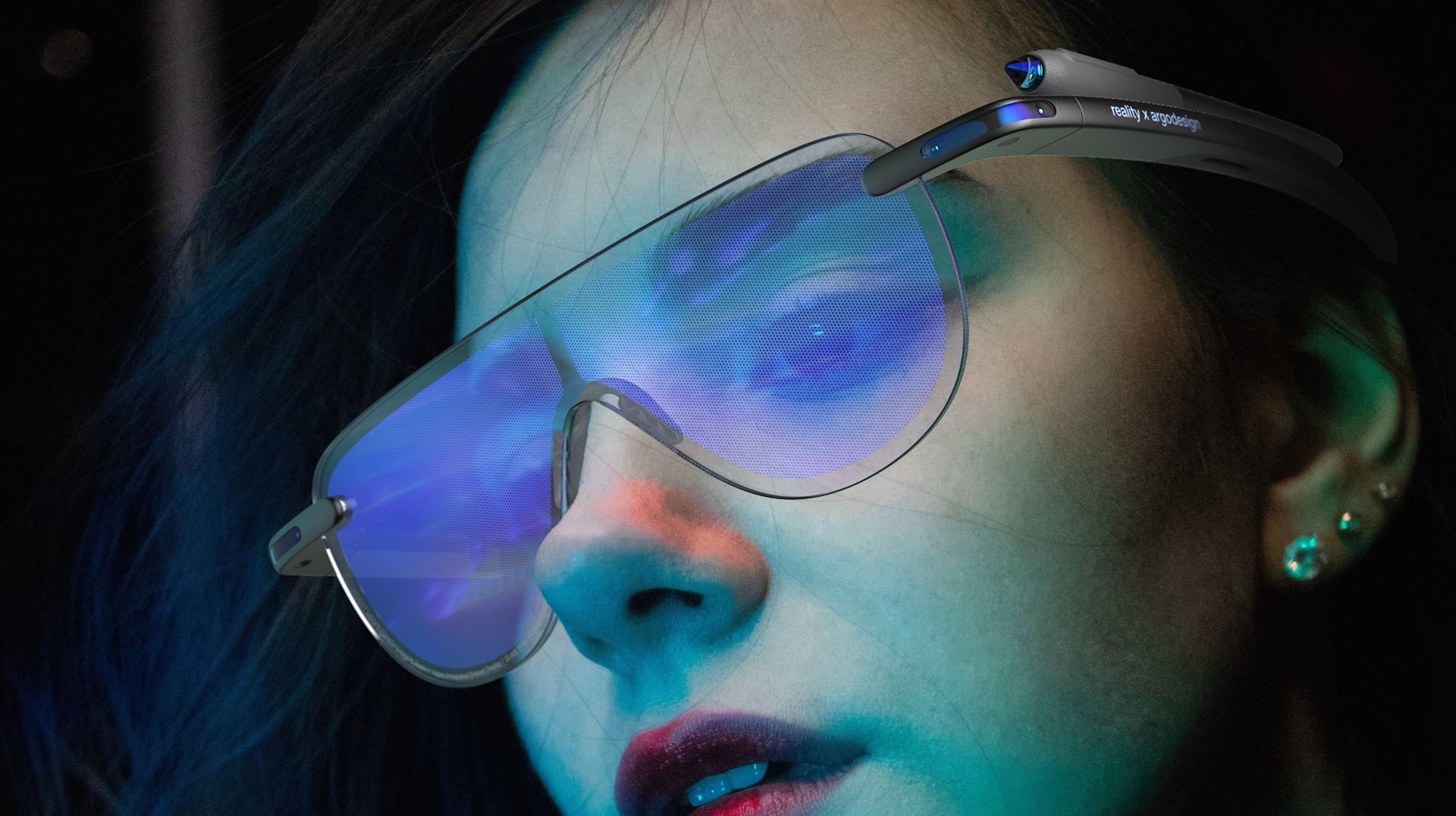People expect to spend at least 4 hours a day in the metaverse
A new study indicates that consumer time spent in immersive computing will soon rival TV viewing habits.

As the concept of the metaverse has entered the mainstream, everyone from comedians to Wall Street analysts have taken to framing the much-hyped concept as a vague business meme that doesn’t stand a chance at success. Now, a survey from McKinsey refutes some of the skepticism directed at the metaverse.
The McKinsey study surveyed over 1,000 consumers aged 13 to 70 to hone in on the expectations and realities of the transition from laptops and smartphones to wearable devices for virtual reality (VR) and augmented reality (AR).
The race to mainstream immersive computing is still in its early stages
The most well known metaverse device is the Meta Quest 2 VR headset. It’s primarily used for gaming. That may change soon. Immersive shopping, followed by telehealth appointments, education, travel, and socializing in VR or using AR will be the most interesting metaverse activities for consumers in the next five years, according the study.
One reason the broad adoption supported by these dynamics is still a few years off is because of the limited options when it comes to easy-to-use immersive devices. There may be more choices for consumers and more competition for Meta soon. TikTok parent company Bytedance is rumored to be readying a launch of its Pico standalone VR headset in the coming months.

The best AR devices are primarily offered by Microsoft and Magic Leap for thousands of dollars. But Meta, Google, and others are far along in their development of affordable and fashionable AR smart glasses for general consumers. Apple is said to be preparing the announcement of its immersive wearable device in January 2023.
Most users will need to embrace a new computing metaphor to harness the power of the metaverse
Despite these advances, immersive interfaces are largely unfamiliar and, in some cases, difficult to use compared to an iPhone, for example. That will need to be addressed in order to move users into this next phase of computing.
“[Current AR smart glasses] give you a metaphor that looks like an Android phone on your face. So rectangles floating in space. That’s not enough for [mainstream smart glasses] adoption to happen,” Jared Ficklin, chief creative technologist at Argodesign, a former Magic Leap partner, said.

“Before Windows was developed, you had to understand directory based computing, very few people did. Once the Windows new metaphor was placed on computing, which was based on the 1960s office—putting files into folders and having a desktop—suddenly 30% of the population could understand that, and they began using computers on average, six to eight hours a day,” says Ficklin.
But how will mainstream computer users move from an office-work based metaphor on two-dimensional screens like smartphones, tablets, and PCs to a three-dimensional immersive metaphor in glasses and goggles?
“[The new metaphor will be] mapping,” Ficklin says. “We need to take the way that we, as humans, think of geography in terms of mapping and create a computer metaphor. [We will use] the language of landscape, layers, and objects.”
Looking for a flexible job with better work-life balance? Our rankings are in. Discover the best places to work remotely on Quartz’s 2022 Best Companies for Remote Workers list.
